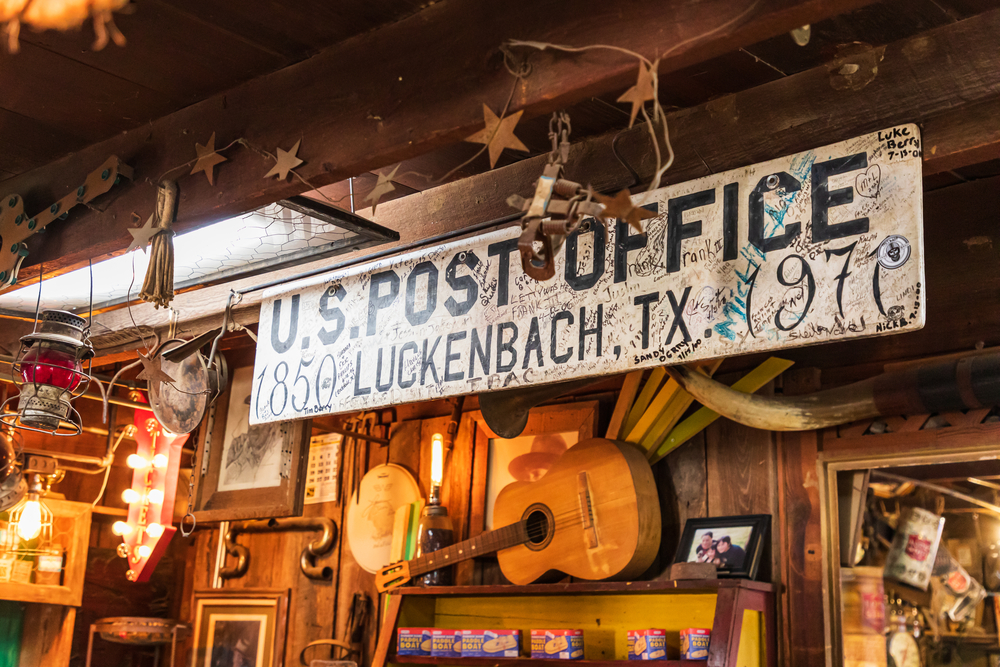

Trump Proposes Savings Package for USPS In President’s Budget
In Washington, the race to put USPS back on solid financial footing continues to rage on. Last week, the House of Representatives passed the USPS Fairness Act to repeal pre-funding legislation that has financially crippled the Postal Service for over a decade. Now President Trump has added his voice to the mix. As part of the budget he released earlier this week, President Trump proposed a package that would theoretically save USPS $97 billion over the next 11 years. However, while the President’s plan raises some valid points, it would too drastically change USPS as we know it.
The Main Points of President Trump’s Proposed Savings Package
Trump’s proposed savings package contains four main areas of focus, which we’ve summarized below:
1. Introduce Pay Cuts and Reduce Workforce
Firstly, Trump’s plan advocates pay cuts and a reduction in the Postal Service’s total workforce. His proposed budget stipulates that wages for USPS employees be aligned more closely to the wages of other federal employees. This, along with a reduction of roughly 7,000 positions in the organization’s workforce, would theoretically free up hundreds of millions of dollars in operating capital for the Postal Service.
That said, lowering wages would be a mere drop in the bucket compared to repealing the aforementioned pre-funding legislation. That legislation is the real reason why USPS has been a multi-billion dollar hole since Congress enacted it in 2006. However, the pre-funding mandate is (hopefully) on its way out. The USPS Fairness Act has now moved onto the Senate, which will determine whether or not the bill makes it to President Trump for ratification into law.
2. Raise Prices of “Non-Essential” Services
The second main point of President Trump’s proposed savings package suggest the Postal Regulatory Commission (PRC) receive more flexibility in setting rates. This, in turn, would give the PRC more room to raise prices of “non-essential” services.
President Trump’s Postal Task Force classifies USPS products into two separate categories: “essential” and “non-essential” services. By the task force’s definition, essential services are mailing products that fall within the Postal Service’s universal service obligation. Such products are First Class Mail and Certified Mail.
The task force deems “non-essential” services, on the other hand, as package products such as First Class Package, Priority Mail, and Priority Mail Express. Throughout the eCommerce boom over the past decade, package services have been the Postal Service’s largest source of growing revenue. If the PRC had more flexibility, it could raise prices of these services to generate more income for USPS.
3. Provide New Revenue Streams at Retail Post Office Locations
Trump’s plan also proposes introducing new revenue streams at Post Office locations. One example here would be expanding postal banking capabilities. USPS currently offers very limited financial services at Post Offices, such as the ability to purchase money orders. However, offering these types of services would be inconsequential to the Postal Service’s finances. To be frank, it would hardly matter when compared to the growing revenue USPS generates from its package services.
4. Involve the Private Sector and License Mailboxes to Private Carriers
Lastly, Trump’s plan argues that opening up the Postal Service to the private sector would be beneficial for any and all parties involved. More specifically, the plan suggests that USPS begins licensing out mailboxes to private carriers.
According to the proposed budget, the financial benefits of licensing out mailboxes would be obvious. Currently, USPS is the only carrier with the legal right to touch mailboxes at every single residential address in the country. In fact, that’s precisely the reason why USPS carries out last mile delivery for all other shipping carriers. Trump’s plan stipulates that if USPS simply licensed out the ability to “touch” mailboxes for a fee, it would open up a whole new pipeline of untapped revenue. Licensing out mailboxes would also benefit other private carriers that could expand their delivery capabilities to reach every residential address in the nation.
The Problem With Raising the Prices of Non-Essential Services
While Trump’s plan raises some interesting points, it contains one glaring problem. Raising the prices of non-essential services would negatively impact eCommerce businesses across America. If package services become non-essential, small businesses would suffer more than any other entity. Simply put, access to low shipping costs and universal service paves the way to success for small eCommerce businesses. That’s why so many eCommerce operations rely on USPS every day to get the job done. Without universal access to low rates and reliable delivery, small online businesses wouldn’t be able to survive.
Moreover, if the prices of “non-essential” services inflate too high, businesses that rely on USPS for quick delivery and affordable rates would begin moving to competitors. Other major carriers like UPS and FedEx would start capturing more share of the growing eCommerce delivery market. Even smaller, private couriers such as OnTrac and GSO would steal more market share away from the Postal Service.
The Essential vs. Non-Essential Debate
An even larger problem here is how to define which kinds of parcels are essential, and which ones aren’t. The type of package service shouldn’t determine whether or not it is essential. Rather, the contents inside are what truly matter.
For example, shipping out tire chains via Priority Mail to someone in Minnesota during the middle of the winter might be considered essential. The same package traveling to California might not be. Furthermore, shipping insulin to diabetics via Priority Mail Express is inarguably essential, no matter how one looks at it. Just because these types of shipments fall outside of First Class Mail doesn’t mean they are any less essential for their recipients.
The Real Questions We Need to Ask
As USPS continues its journey back to financial stability, the nature of our questions should be more existential than anything. Firstly, how can our government realistically determine what sorts of packages are essential, and which aren’t? Even more importantly: in a free-market economy, why should a government have the power to determine what is essential or non-essential in the first place?
At the end of the day, USPS is a beloved institution that our country needs, with the promise of affordable rates and universal service for all Americans. We must do everything in our power to keep it that way.


Be the first to comment!